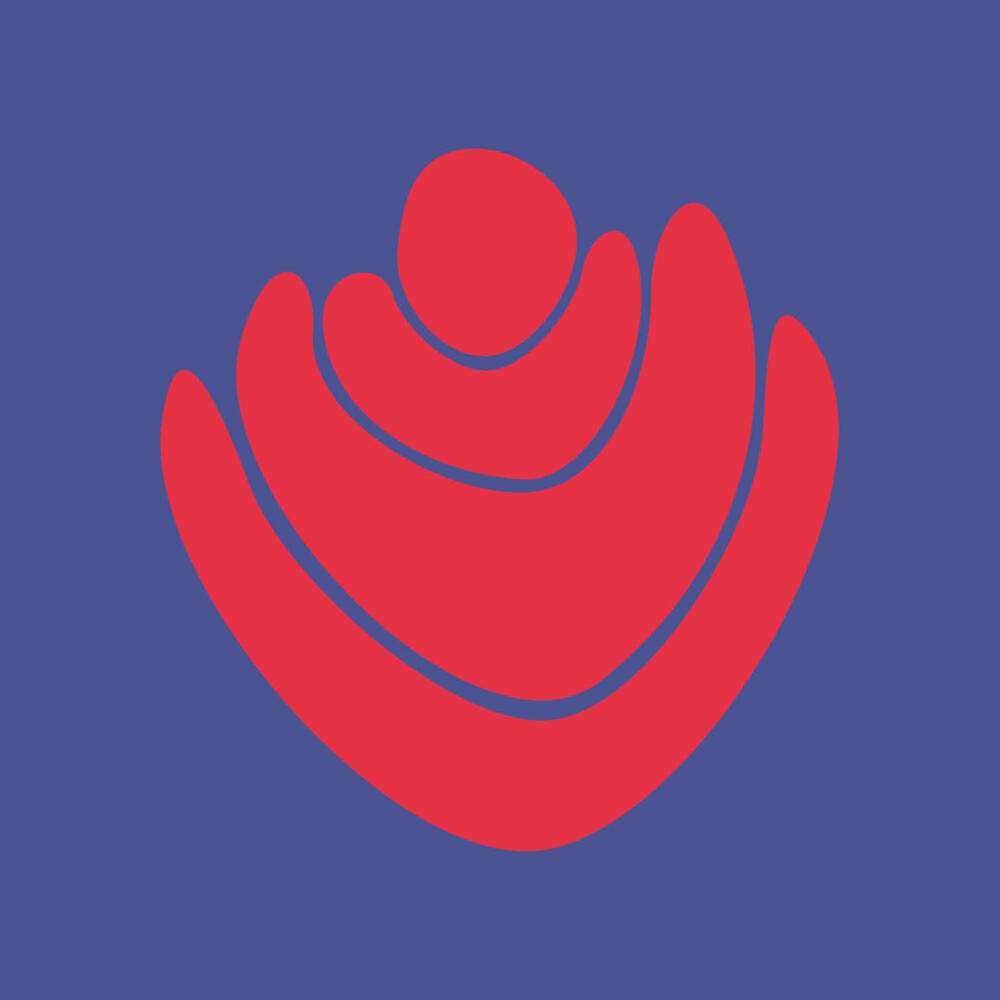A Book that Grounds You
The 2025 annual conference of the Medical Section will focus on Rudolf Steiner’s book Extending Practical Medicine: Fundamental Principles Based on the Science of the Spirit. Wolfgang Held spoke with Karin Michael, co-director of the Medical Section, about this late work by Rudolf Steiner.
Wolfgang Held: Extending Practical Medicine is the only book that Rudolf Steiner co-authored, yes?
Karin Michael: I don’t know of any other. This shows me that, when he wrote this book, it was essential for him to be in dialogue with someone working in the professional field. He needed a counterpart with experience in the practice of medicine and was actively involved in it. He found that in Ita Wegman. There was also Ehrenfried Pfeiffer, whom he consulted repeatedly on the scientific knowledge of the time. In 1923, in Penmaenmawr, Ita Wegman asked Rudolf Steiner about a renewal of the Mysteries, and this question probably established the collaboration that resulted in this book. It is becoming increasingly clear to me that this book is actually a Mystery book. Just look at the facts alone: how numerical relationships play such a central role in the book, how precisely the words are placed in their specific locations, and how the order of the paragraphs already speaks so much to us.
Can you give an example?
Yes. A favorite example among many of those who study the book is what is written in the middle of the introductory chapter: “It is of the greatest importance to know that ordinary human powers of thought are refined powers of forming and growing. A spiritual element is revealed within the formation and growth forces of the human organism. This spiritual element appears again in the course of life as the spiritual force of thinking.” (p. 6) According to Rudolf Steiner, in anthroposophic medicine it is important to be aware of this dual nature of the etheric body. What makes us awake, thinking human beings are the same forces that build, regenerate, and develop our bodies. As a paediatrician, this opens up a wonderful perspective on child development for me, showing how forces within the human being transform themselves. When a growth spurt occurs, it’s mirrored in a diminished relationship with the outside world. Once the spurt is over, new ways of perceiving and new abilities in thinking begin to unfold. School readiness is particularly noticeable in these cases.
The work proceeds from an extension of medicine as it had been established in the natural sciences of the time, and Rudolf Steiner once again states the methods for this extension in the first chapter, as Imagination, Intuition, and Inspiration.
The dual nature of the etheric will be the topic of the opening lecture at the conference. How important is this idea?
It’s crucial for medicine. Anyone who has ever digested potatoes knows that they change the way you think. And there is a pathological dimension to it. Thinking and living are like two sides of the same coin. This becomes apparent in extreme cases when we struggle to think clearly while ill or in pain. Ultimately, healing is about the harmonious relationship between the four members of our existence: the physical, etheric, and astral bodies, and the ‘I’. The etheric body is the mediator of regulation. We must find healing from this activity. These are the forces that close a wound and that we can make available to the spiritual realm once we’ve freed them from the corporeal realm.
This text is an excerpt from an article published in the (online exclusive) Goetheanum Weekly. You can read the full article on the website. If you are not yet a subscriber, you can get to know the Goetheanum Weekly for 1 CHF./€.
Illustration Fabian Roschka

